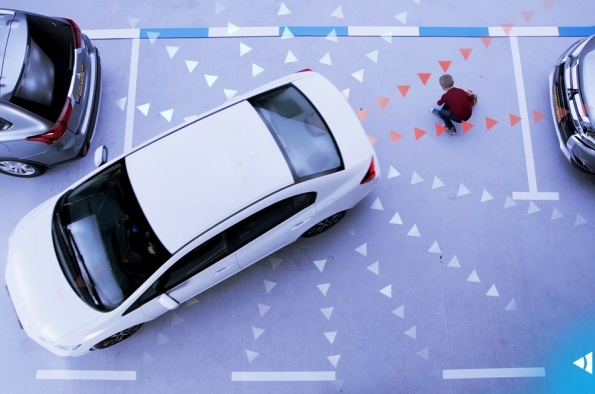The pouring investments into autonomous vehicles has accelerated the demand for advanced sensors in the automotive industry to deliver greater safety. Against the backdrop, 4D imaging radar technology is gaining popularity given its ability to ensure vehicle safety by handling higher levels of autonomy in any sort of weather, says GlobalData, a leading data and analytics company.
Sudheshna Karukula, Senior Disruptive Tech Analyst at GlobalData, comments: “The increasing number of sensors adding to the weight of autonomous cars remains a major concern to automakers. 4D imaging radar sensors can address this challenge by replacing various single-function sensors while also proving to be safer than traditional radar or light detection and ranging (LiDAR).”
The Innovation Explorer database of GlobalData’s Disruptor Intelligence Center reveals how two Israel-based startups are in action to transform the safety of autonomous vehicles by providing 4D imaging radar sensor technology.
Vayyar
The multifunctional radar-on-chip (ROC) of Vayyar replaces many traditional single-function sensors by eliminating the need for expensive LiDAR and cameras. It offers high resolution and a wide view to deliver precision and detailed classification of the vehicle environment.
The ROC offers in-cabin safety by providing intruder alerts, collision avoidance, blind spot detection, child presence detection, enhanced seat belt reminders, lane change assistance and eCall to alert emergency services in the event of a crash. It also supports addition of safety features via over-the-air (OTA) software upgrades.
RFISee
Imaging radar developer RFISee unveiled its first 4D imaging radar chip that generates a real-time 3D location and velocity map of a car’s surrounding objects. It leverages a focused beam based on its proprietary ‘Phased Array Radar’ technology. The multiple transmitters used on the chip generate focused beam that can quickly scan the field of view, while the receivers provide an improved radar image for a better signal to noise ratio.
The radar chip can detect cars from 500 meters and pedestrians from 200 meters in all weather conditions, with an angular resolution greater than 1 degree.
Ms Sudheshna concludes: “The multifunctional nature of 4D imaging radar sensors is expected to reinforce safety of autonomous vehicles while also controlling the production costs for automakers. The race to put self-driving vehicles with Level 4 and Level 5 autonomy on road at the earliest has made 4D imaging radar as the optimal technology for advanced safety. Moreover, increasing safety regulations and the plan of European New Car Assessment Programme (Euro NCAP) to provide star ratings for autonomous car safety can advocate for 4D imaging sensor technology as a critical part of autonomous vehicles in the future.”
Animesh Kumar, Director of Automotive Consulting at GlobalData, comments: “The demand for autonomous vehicles in the global market is leading to increased development and enhancement of autonomous technologies. The 4D imaging radars enhance autonomous vehicle performance by delivering multimodal capabilities and make vehicles safer. The technology is expected to emerge as a key attribute supplementing the future growth and adoption of autonomous vehicles.”
Credits: GlobalData






















